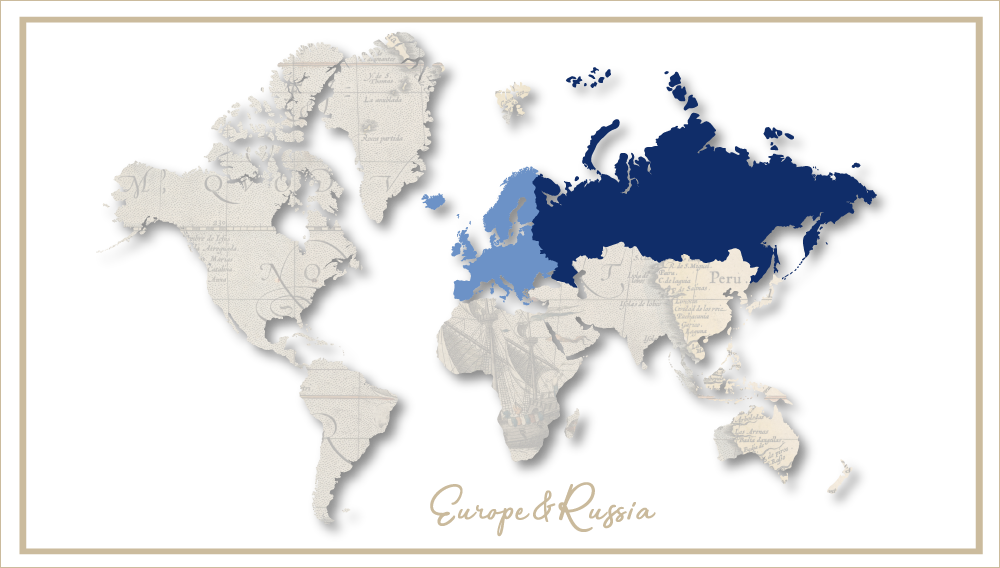The war of the rosés is over
The European Commission announced on 8 June that it had abandoned the plan to allow European winemakers to make cheap rosé wines by mixing red and white wines together.
The announcement followed a rearguard action by traditional producers in France and Italy who feared that their growing market for pink wine would be flooded by cheap imitations.
Especially vintners in France, who account for about 30 percent of rosé wine production worldwide, protested loudly, when the European Commission next came up with a compromise which would allow real rosé wines to be labelled as “traditional” or “authentic”.
The booming new market for chilled rosé wine is largely a market amongst young people, they said. Labelling their wine “traditional” would give them a geriatric image.
So it’s back to base now.
Traditional rosé wine is made in two ways and sometimes by blending wine produced by both methods. Red grapes and their skins are macerated, or fermented, for a shorter time than usual, producing a lighter coloured juice. Alternatively, immature red wine is “bled” and the liquid which is siphoned off goes on to become rosé.


